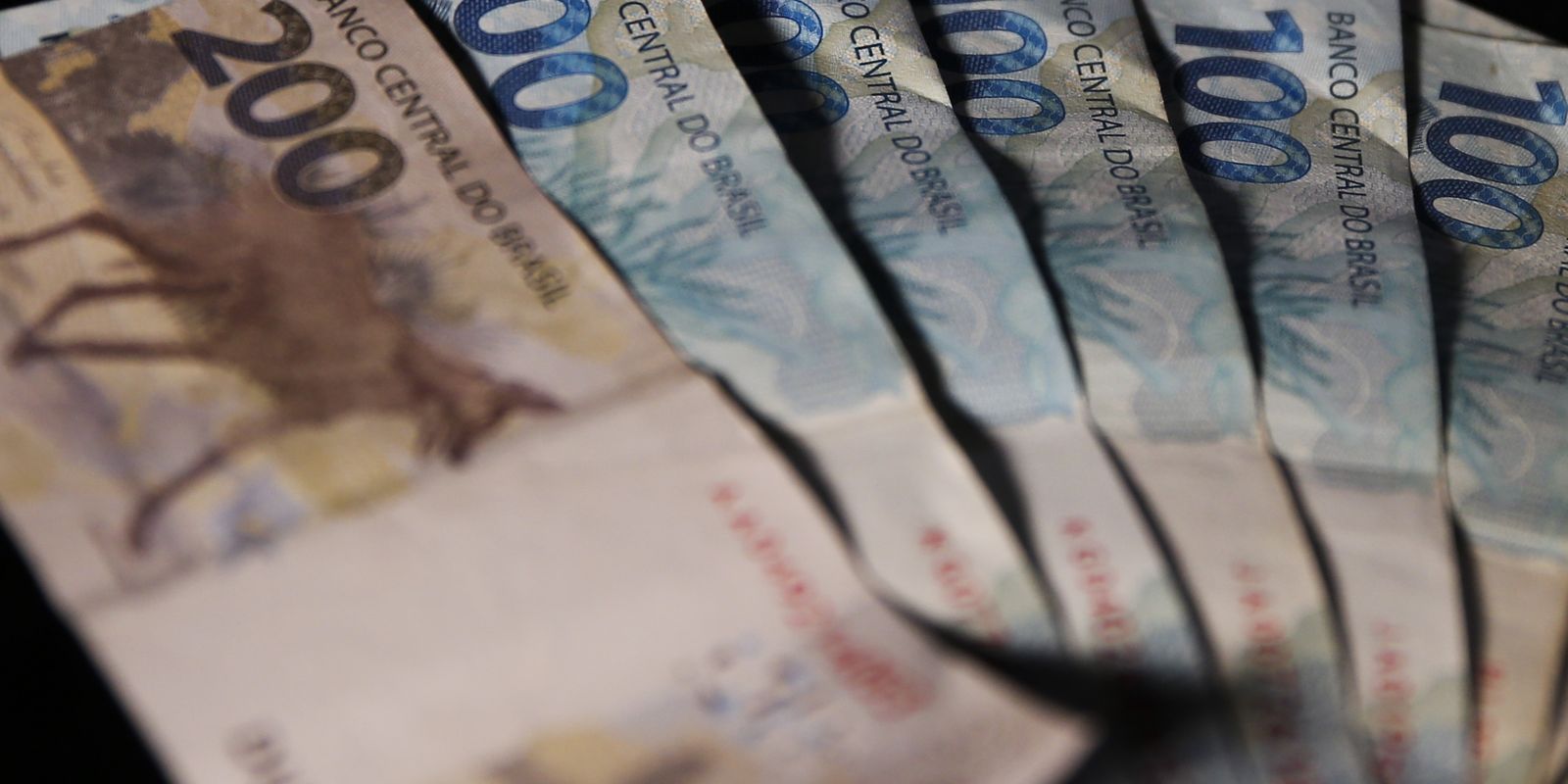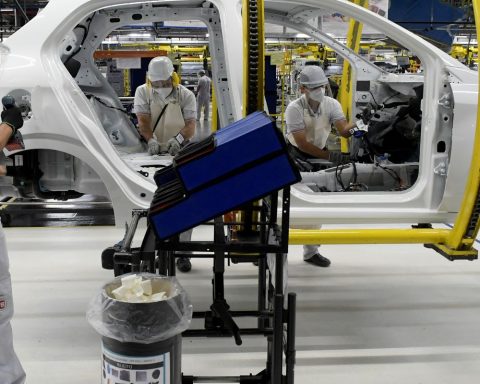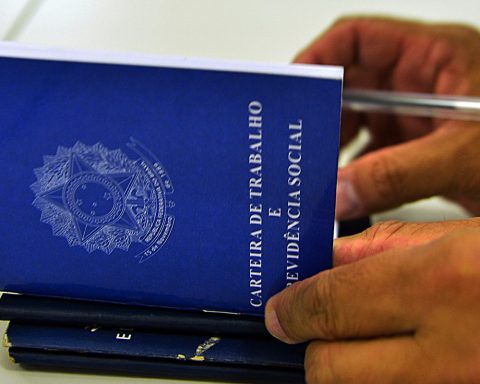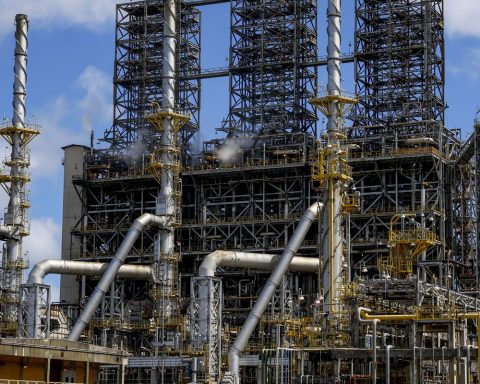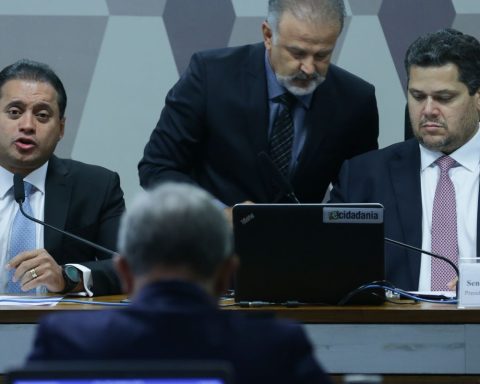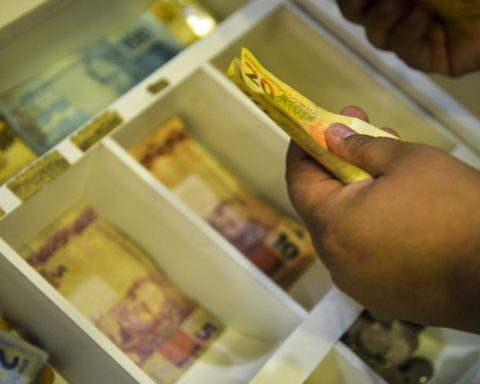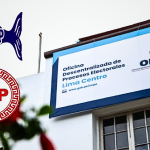Sent this Tuesday (15) to the National Congress, the Budgetary Guidelines Law Project (PLDO) 2026 kept the target of primary surplus – Positive result in government accounts without interest on public debt. The proposal maintained at R $ 34.3 billion, 0.25% of Gross Domestic Product (GDP), the target of primary surplus for 2026.
As the tax framework provides for a margin of tolerance of 0.25 percentage point of GDP to more or less, in thesis The government will be able to end the next year with zero result and yet meet the goal.
Even with the margin of tolerance, the government predicts that it will fulfill the goal with small clearance. According to the LDO project, the primary surplus will be R $ 38.2 billion Next year, $ 3.9 billion above the goal.
The text projects 0.5% of GDP to 2027, 1% in 2028 and 1.25% in 2029. These estimates, however, are revised each year.
In absolute values, the PLDO predicts that the primary surplus may vary between zero and R $ 73.2 billion in 2026considering the margin of tolerance. For 2027, the text foresees surplus from R $ 34.3 billion to R $ 91.75 billion, with a goal of R $ 73.4 billion.
For 2028, the government predicts a positive result of R $ 117.97 billion to R $ 196.63 billion, with a goal of R $ 157.3 billion. For 2029, the project estimates primary surplus of R $ 210.7 billion, with an interval between R $ 158.02 billion and R $ 263.38 billion.
Spending review
The 2026 PLDO maintains spending review measures at the National Institute of Social Security (INSS), the continued benefit (BPC) benefit and the indemnities of the Agricultural Activity Guarantee Program (Proagro) for the coming years.
The total economy would reach R $ 50.8 billion, divided as follows: R $ 9 billion by 2025, R $ 8.9 billion by 2026, R $ 11.4 billion by 2027, R $ 11.9 billion in 2028 and R $ 9.6 billion in 2029.
Regarding the INSS, the government wants to save R $ 3.1 billion by 2026, R $ 3.4 billion in 2027, R $ 3.6 billion in 2028 and R $ 3.8 billion in 2029. In BPC, the project foresees savings of R $ 2 billion by 2026, R $ 4.2 billion by 2027, R $ 4.5 billion and R $ 2 billion by 2029. Proagro, the project estimates savings of R $ 3.8 billion per year from 2025 to 2029.
Expenses Limits
By the tax frame rule that limits the actual growth (above inflation) of 70% spending on revenue growth, federal expenses could rise up to 4.44% by 2026, 4.71% by 2027, 3.33% by 2028 and 1.55% in 2029. However, with a 2.5% growth ceiling above inflation, Expenses will rise 2.5% per year until 2028 and 1.55% in 2029.
In absolute values, the federal government could spend up to R $ 2,431 trillion by 2026, R $ 2.586 trillion by 2027, R $ 2.736 trillion by 2028 and R $ 2.863 trillion by 2029. Of this total, the executive branch could spend up to R $ 2.336 trillion in 2026, R $ 2.485 trillion in 2027, R $ 2.629 trillion in 2028 and R $ 2.752 trillion in 2029.
Established by the new tax framework, the growth limits of spending, in practice, act as a ceiling of attenuated spending. The limits to the other powers – Legislative, Judiciary, Federal Prosecutor and Public Defender of the Union – were defined as follows: R $ 94.3 billion in 2026, R $ 100.3 billion in 2027, R $ 106.2 billion in 2028 and R $ 111.1 billion in 2029.
